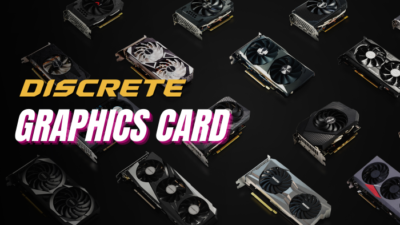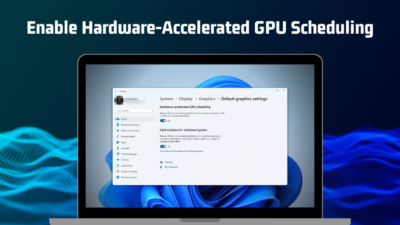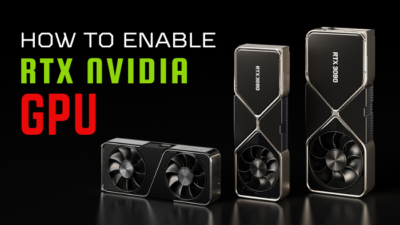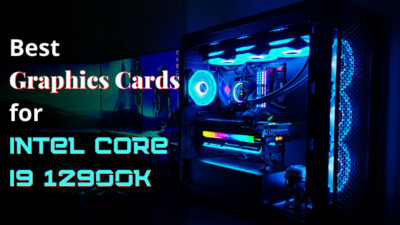Every PC user must know their GPU usage because keeping track of graphics utilization is crucial for optimal PC performance. Also, monitoring your graphics card usage helps you avoid overheating or performance issues.
Thankfully, Windows provides a built-in tool to check GPU usage.
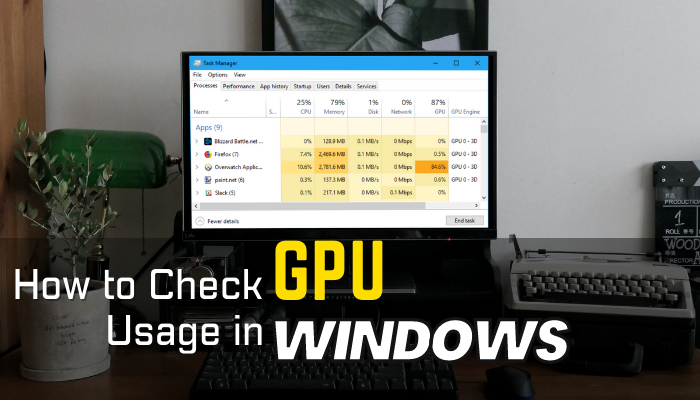
Today, I’ll show you the quickest ways to monitor your GPU resource usage in real-time and stay on top of your system’s performance. Let’s jump in.
How to Monitor Real-Time GPU Usage in Windows PC
You can easily check your graphics card’s overall performance using the Windows Task manager and Windows command prompt. And fortunately, all the Windows versions, including Windows 10, Windows 11, and Windows 7, have both tools. So you can use these steps in all versions.
This section will show you the quickest way to scan your graphics engine’s dedicated GPU memory.
With the help of this data, you can easily check if your GPU is working properly. Let’s follow the steps.
Follow the methods to monitor real-time GPU usage in any Windows PC:
1. Use Task Manager
The task manager of the PC shows a quick overview of your total GPU usage. Just navigate to the performance tab of your Task manager and click on the GPU option, and you are good to go.
These are the steps to monitor real-time GPU usage:
- Right-click on the Windows Taskbar.
- Select the Task Manager option.
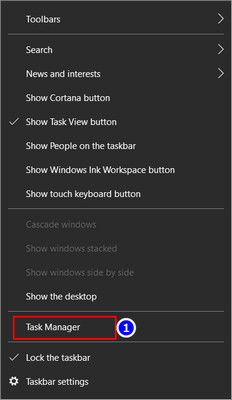
- Click on the Performance tab and select GPU 0 or GPU 1.
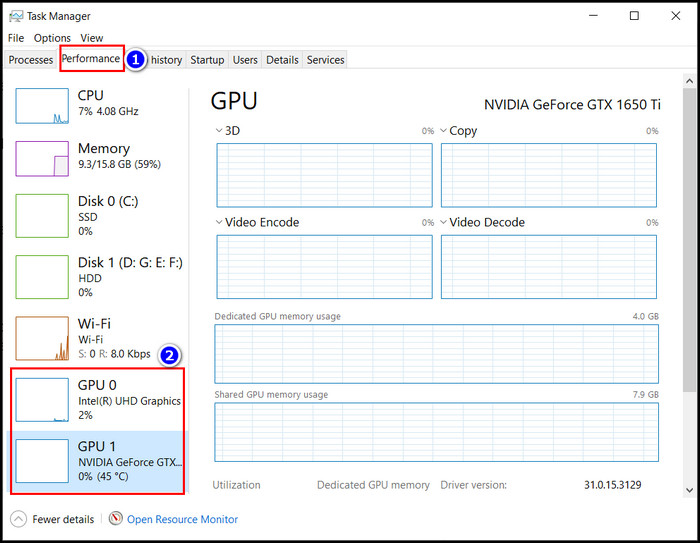
After completing the steps, you will see your PC’s current graphics card usage. You can easily use these same steps for Windows 10/11/7.
However, if you have an older version of Windows, you may not see the GPU tab. That’s why you should update your operating system when needed. In that case, you need to use the CMD method or other 3rd party applications to know your GPU usage.
Read more about what does Ti Stand for in GPU?
2. Use the Command Line
You can also use the command prompt to monitor GPU Performance on your Windows PC. The cmd uses the nvidia-smi and rocm-smi application scripts to show the GPU performance.
Usually, the nvidia-smi software is pre-installed in your PC if you use an Nvidia card in your PC.
However, for AMD cards, download and install the rocm-smi and follow the steps mentioned below.
- Press the Win+ R key and open the Windows Run app.
- Type CMD in the box and hit Enter.
- Insert the location of the nvidia-smi.exe for Nvidia GPU and rocm-smi.exe location for AMD GPU in the command line.
(Note: for Me, the location was C:\Windows\System32\nvidia-smi.exe) - Press Enter on your keyboard.
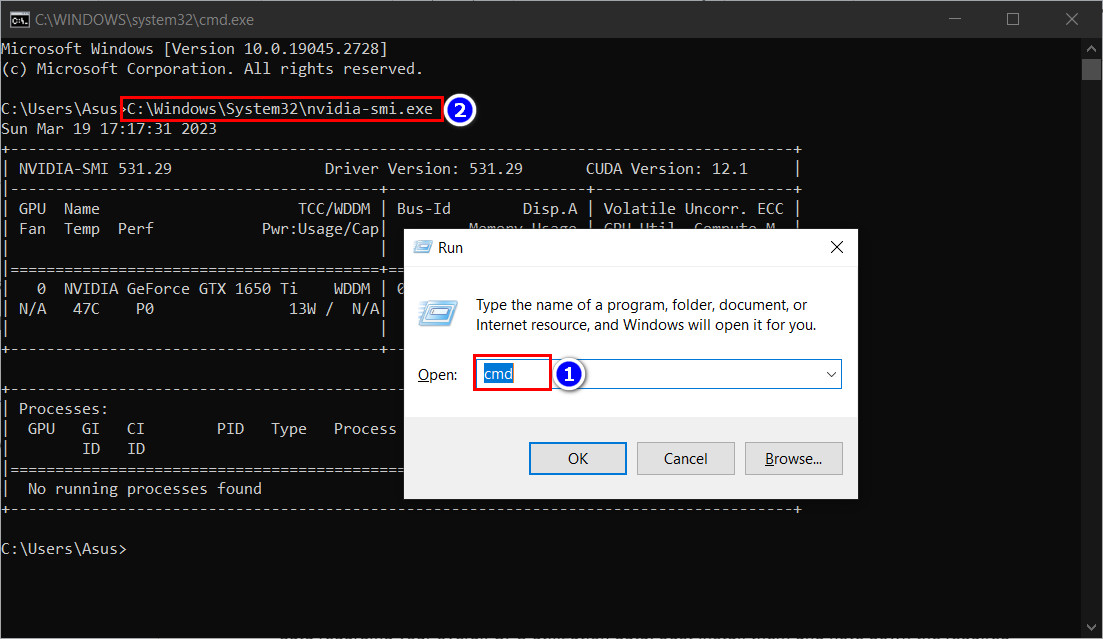
You will see the graphics card performance data in the command window.
But if you face difficulties using any of the above methods, you can use some trusted 3rd party software.
Softwares like GPU-z, MSI Afterburner, Asus Armory Crate, and Nvidia Control Panel provide trusted data regarding your overall GPU utilization data. Just install them and note down the required information.
You can also quickly tell whether your CPU is bottlenecking your GPU using that GPU data.
How to Monitor an Application’s GPU Performance on Windows
You can also check the graphics processor utilization on a specific app from your task manager. This feature helps you find the main culprit pressuring your graphics card.
Here are the steps to monitor GPU Performance for a specific app:
- Click on the Windows Search icon.
- Type task manager in the search box and click the relevant result from the window.
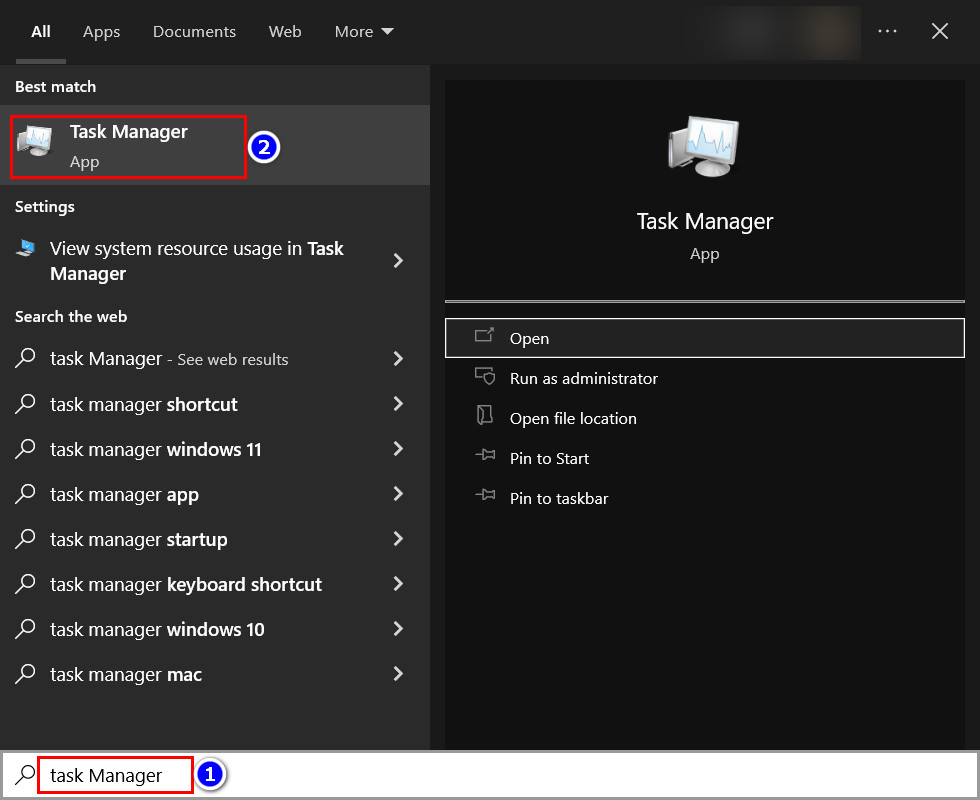
- Go to the Processes tab and right-click on the top column.
- Click on the GPU and GPU engine to mark them.
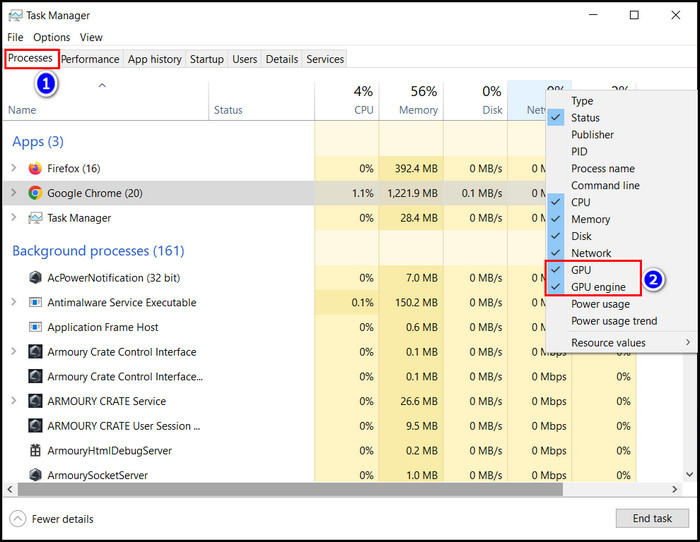
- Find your desired application and select it.
After completing the process, you will find the graphics card uses percentages in the row. You can use these same steps for all versions of Windows (11,10 & 7) because every Windows OS has a task manager.
But what should you do when you need GPU usage in kilobytes for a respective app? Follow the next section to know.
How to Check an Application’s Dedicated GPU Memory Usage
The Task Manager shows your graphics percentage and gives you the data in kilobytes for any application you want.
But you need some intermediate-level knowledge, like the application’s EXE file name to implement the steps. If you are facing trouble with the application name, just google it.
These steps will help you know an application’s dedicated GPU memory usage:
- Press the CTRL+Shift+Esc keys on your keyboard to open the Task Manager.
- Navigate to Details and right-click on the heading column.
- Click on the Select Column option.
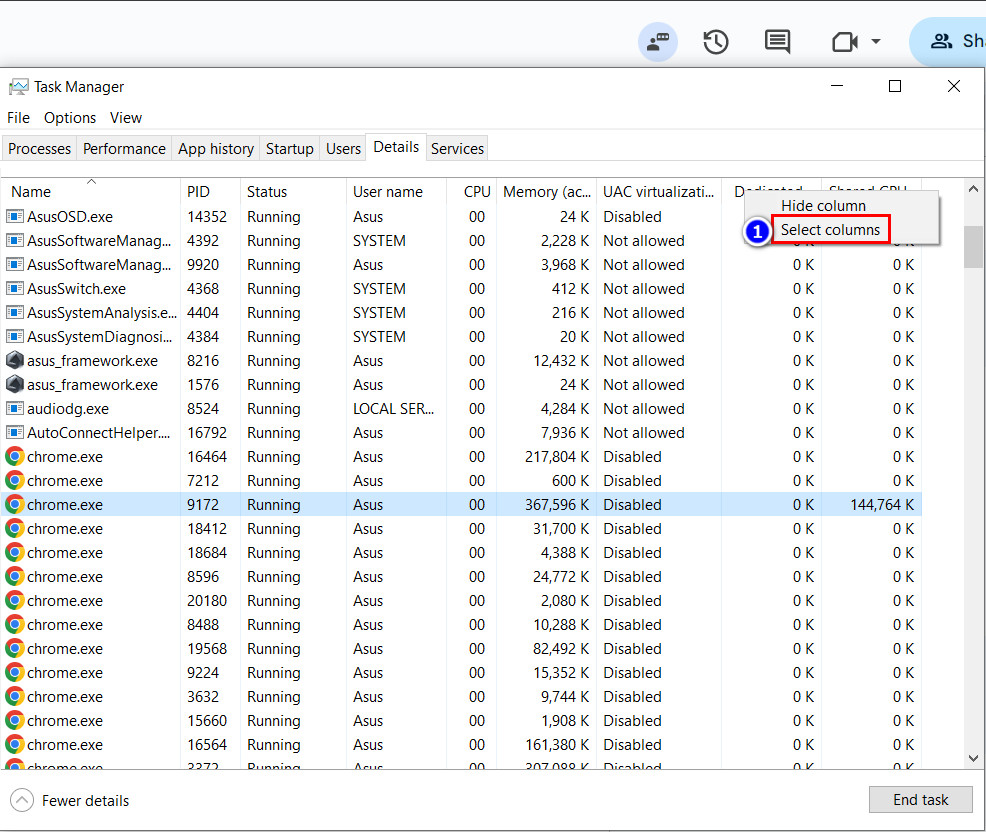
- Tick-mark dedicated GPU memory and shared GPU memory and click Ok.
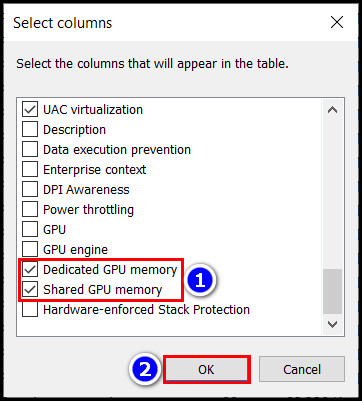
- Scroll down to your selected app’s .exe name and click on it.
As you click on the app name, you will see how much GPU memory it uses in real-time. The Task manager shows the integrated graphics and external video memory usees in kilobytes, and the number updates frequently.
This data will give you a clear view of the specific application running on your PC.
FAQs
Why don’t I see my GPU in the Task Manager?
You aren’t seeing the GPU tab in your Task Manager because your Windows version is too old. Just update your Windows to solve this problem.
Is GPU usage 70% bad for my PC?
No, 70% graphics percentage usage is normal when you open editing applications like Adobe premiere pro, Photoshop, and Canva or do graphics-intensive gaming. Even Google Chrome can use a high GPU when you open too many tabs and play high-resolution videos.
Is 75 ℃ too hot for my GPU?
If your GPU hits 75 degrees celsius during graphics-intensive work, don’t worry. But you have a thermal issue when your graphics card is at 75℃ continuously. You must clean your PC and change your thermal paste in that situation.
Conclusion
As people lean towards high-end graphics-intensive applications and games, keeping track of your GPU usage becomes more important for optimal performance. Fortunately, checking GPU usage in a Windows PC is simple by using the built-in Task Manager utility.
After following the steps, I’m sure you have the data you need. Comment if you face any issues while applying the steps. And for everything else, stick with 10 Scopes.

